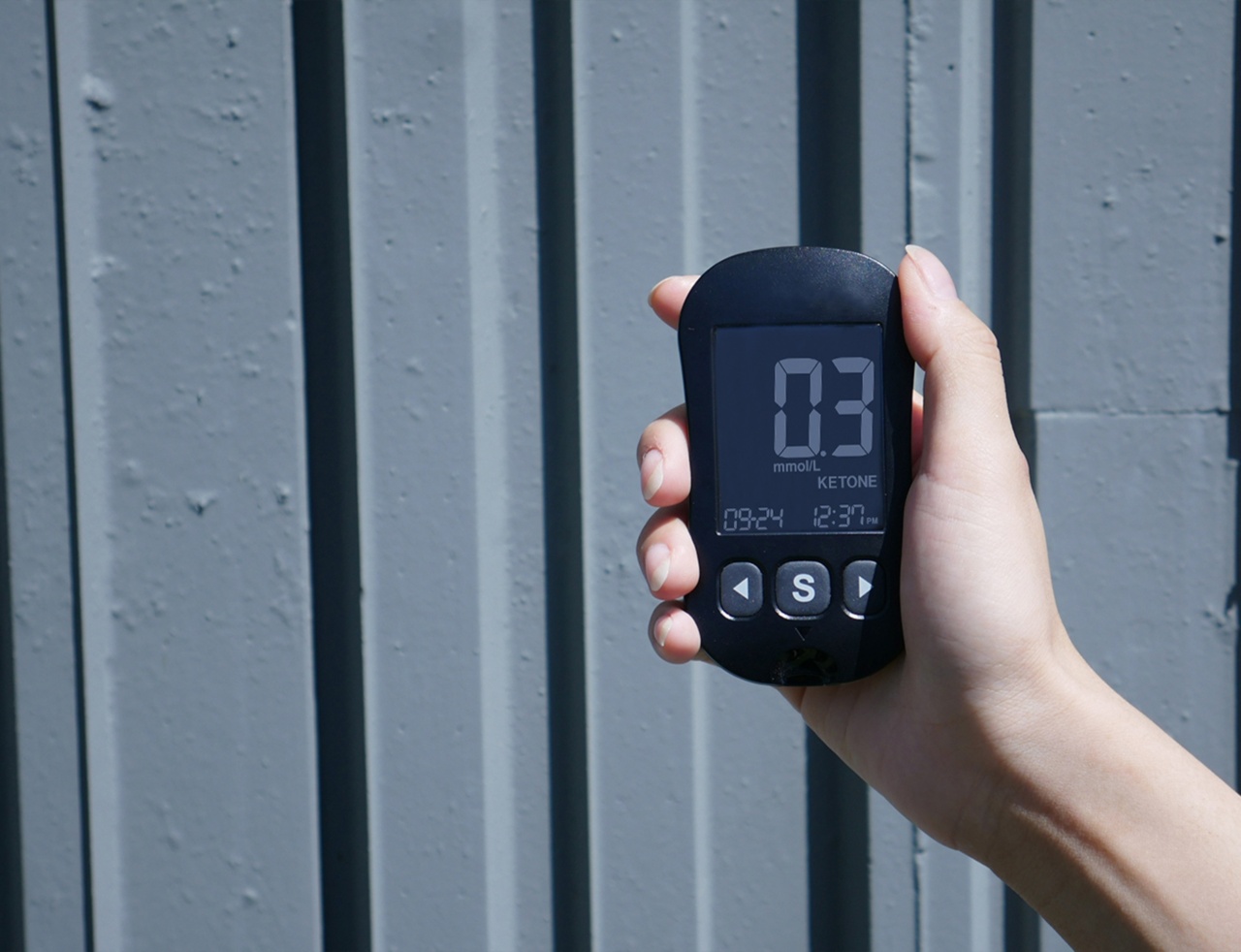When it comes to monitoring blood pressure, there are two common measurement techniques – systolic pressure and diastolic pressure. Both of these measurements are essential in determining a person’s overall cardiovascular health.
While they play a crucial role in understanding blood pressure, it is important to recognize which measurement is more dangerous and what it means for your health. In this article, we will delve into the details of systolic and diastolic pressure, exploring their significance and potential risks.
Understanding Blood Pressure
Before we dive into the different measurement techniques, it is essential to have a basic understanding of blood pressure itself. Blood pressure is the force exerted by blood against the walls of the arteries as the heart pumps it around the body.
It is represented by two numbers, systolic pressure over diastolic pressure, and is measured in millimeters of mercury (mmHg).
Systolic Pressure: The Top Number
Systolic pressure refers to the amount of pressure in the arteries when the heart contracts and pumps blood out. It is represented by the top number in blood pressure readings.
Systolic pressure reflects the force exerted on the arterial walls during each heartbeat, indicating the efficiency of the heart as a pump.
Diastolic Pressure: The Bottom Number
In contrast to systolic pressure, diastolic pressure measures the amount of pressure in the arteries when the heart is at rest, between heartbeats. It is represented by the bottom number in blood pressure readings.
Diastolic pressure represents the resistance in the blood vessels, reflecting the health of the arteries and their ability to relax and widen between heartbeats.
Which Measurement is More Dangerous?
Now, let’s address the crucial question – which blood pressure measurement is more dangerous? While both systolic and diastolic pressures are significant, research suggests that systolic pressure poses a greater risk than diastolic pressure.
Impact of Elevated Systolic Pressure
Elevated systolic pressure (known as systolic hypertension) suggests that the heart muscles have to work harder to pump blood, resulting in excessive strain on the cardiovascular system.
This increased workload gradually weakens the heart muscles, leading to heart disease, stroke, and other serious complications.
Systolic hypertension is particularly problematic for older adults as arteries tend to become stiffer with age, causing higher systolic readings.
Furthermore, elevated systolic pressure is a major risk factor for a condition known as isolated systolic hypertension (ISH), which primarily affects older individuals.
The Dangers of High Diastolic Pressure
While systolic pressure takes the spotlight, it is essential not to ignore high diastolic pressure (diastolic hypertension) as it is a vital indicator of arterial health.
Persistent diastolic hypertension can lead to organ damage, including heart attack, stroke, and kidney problems.
It is important to note that older adults are more likely to have isolated diastolic hypertension, which can occur due to the loss of elasticity in the arteries.
However, the risks associated with isolated diastolic hypertension are not as pronounced as those associated with systolic hypertension.
Considering Both Measurements
Despite systolic pressure being considered more dangerous, it is crucial to recognize that both systolic and diastolic readings play a significant role in assessing overall blood pressure health.
High readings for either measurement should not be ignored, as they can both impact an individual’s well-being and overall cardiovascular health.
Measuring Blood Pressure Properly
To obtain accurate blood pressure measurements, it is important to follow the correct measurement procedures. Ensure that you are in a relaxed state and have been sitting quietly for at least five minutes before taking a reading.
It is recommended to take multiple measurements at different times for a more accurate assessment.
Managing Blood Pressure
If you have elevated blood pressure readings, it is crucial to take appropriate measures to manage and improve your overall cardiovascular health.
This can include lifestyle changes such as adopting a healthy diet, exercising regularly, reducing stress, limiting sodium intake, and avoiding tobacco and excessive alcohol consumption.
Conclusion
Both systolic and diastolic blood pressure measurements are important indicators of cardiovascular health. While systolic pressure poses a greater risk, it is vital not to overlook the significance of diastolic pressure.
Proper monitoring and management of blood pressure can significantly reduce the risk of heart disease, stroke, and other related complications.




























